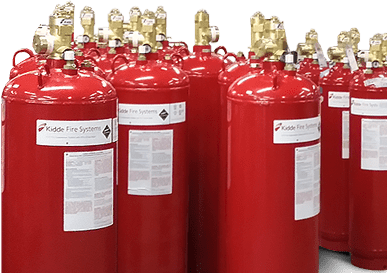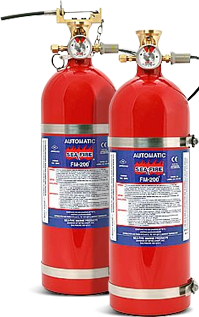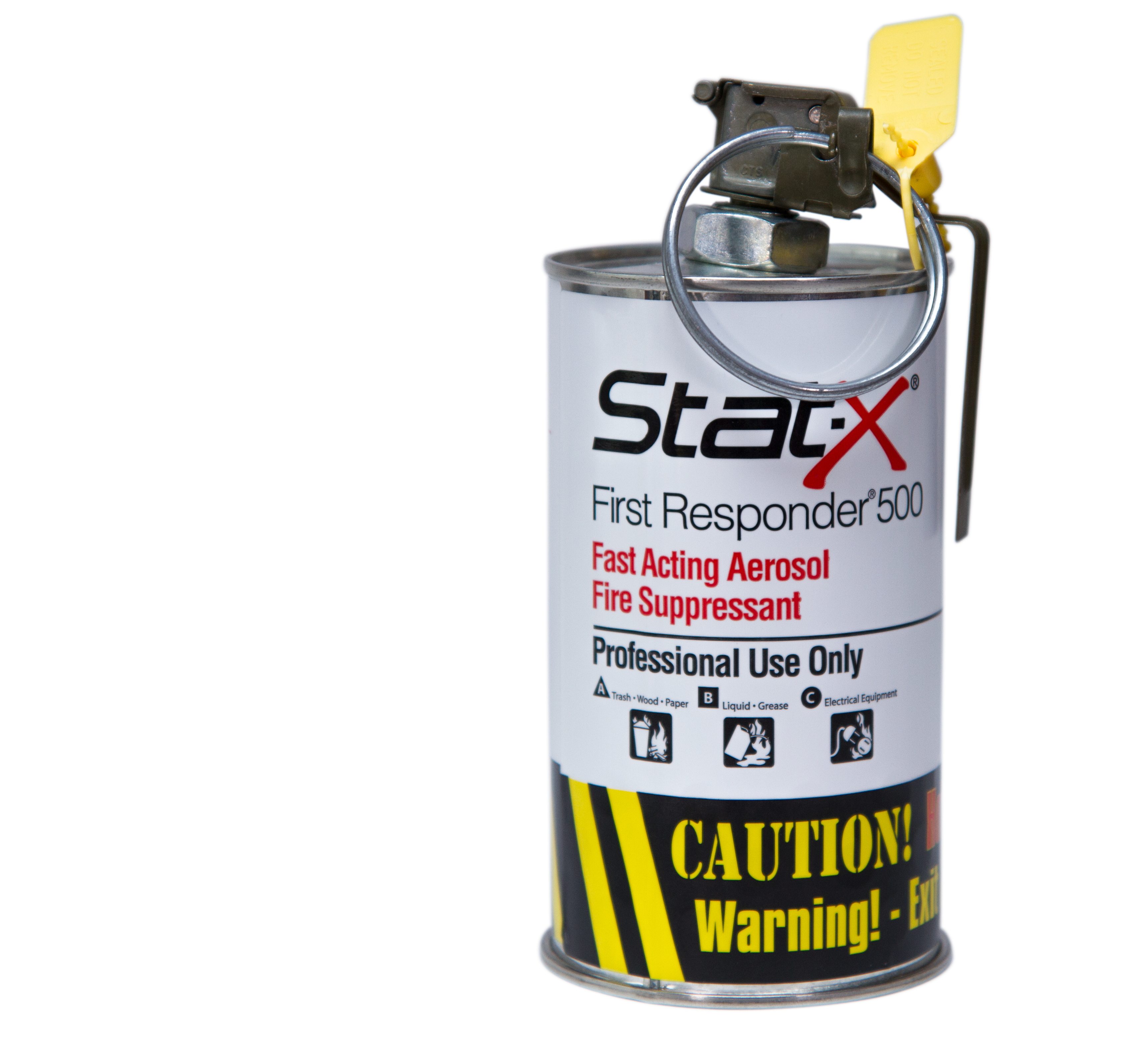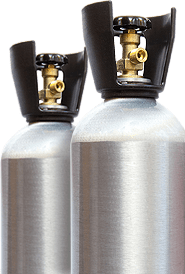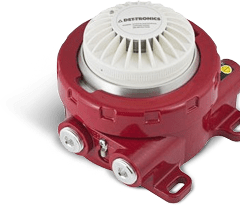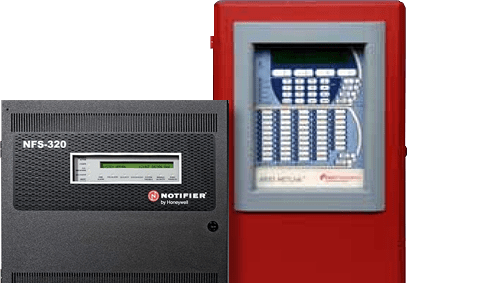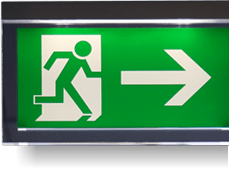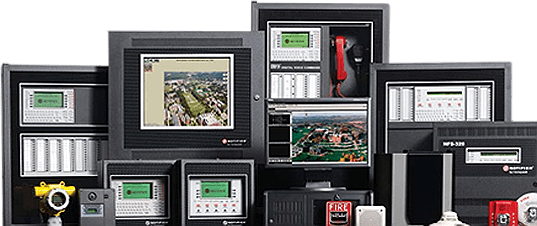Understanding the Different Components of an Effective Fire Alarm system
Fire alarm systems are an essential safety system required for any commercial, institutional or industrial space. Whether your system is being installed in an office, a high-rise, a warehouse, a school, or a shopping mall, the size of the system will change depending on the scope of your facility. For example, an alarm system that is designed for an office space setting, wouldn't work on a manufacturing plant floor.
Whether it's a commercial or industrial setting, understanding the different components of a fire alarm system and how they compliment each other is critical in providing the best protection possible for your facility. After all, a well-designed fire alarm system is your number one asset to alerting everyone to a fire.
A Fire Alarm Panel. The fire alarm panel is the control center of your fire alarm system. The panel is tasked with monitoring inputs and system integrity, controlling the output of associated fire suppression systems, and relaying information across any other connected devices.
Primary Power Supply. Fire alarms are generally powered by non-switched 120 or 240 volt AC power sources, which are typically controlled by your power company. In most commercial applications, the dedicated branch circuits supply power only to the fire alarm system and its constituents to avoid any issues related to overloading your facility's power system. The reason behind this is to safeguard the system from catastrophic consequences in the event of a fire.
A secondary power supply, typically made up of either lead-acid storage batteries, generators and/or other emergency power sources, will keep your system alert in the event of a power outage.
Initiating Devices. These devices can be manually or automatically activated.
- Manual initiating devices, such as "Break Glass" stations, buttons, and pull stations, must be located near exits and easy to locate.
- Automatic initiating devices respond to physical changes in a building's environment to detect heat, smoke, or carbon monoxide.
Notification Appliances. Visual notifiers, such as flashing strobe lights or audio devices like horns and speakers, alert people to an emergency and assist them to safety. These appliances are designed to be distinct and universally understood so they aren't confused with other signals.
Building Safety Interfaces. Such as lighting, air and smoke flow. These devices would include duct dampers and fire doors.
Emergency Voice Alarm Communications Systems (EVACS). During an emergency, EVACS produce verbal commands to provide specific instructions on how to get out. These are particularly useful in high-rises, arenas, hospitals and detention facilities where large crowds can make exiting a facility more difficult.
Voice-based systems help response personnel facilitate an evacuation in an orderly fashion and keep building occupants aware of real-time situational changes.
Control Fire Systems Ltd. was founded in 1975. We are an international special hazard fire suppression equipment supply company (including fire safety products) that comes equipped with the expertise you need to keep your building protected against the devastating impacts of fire.





